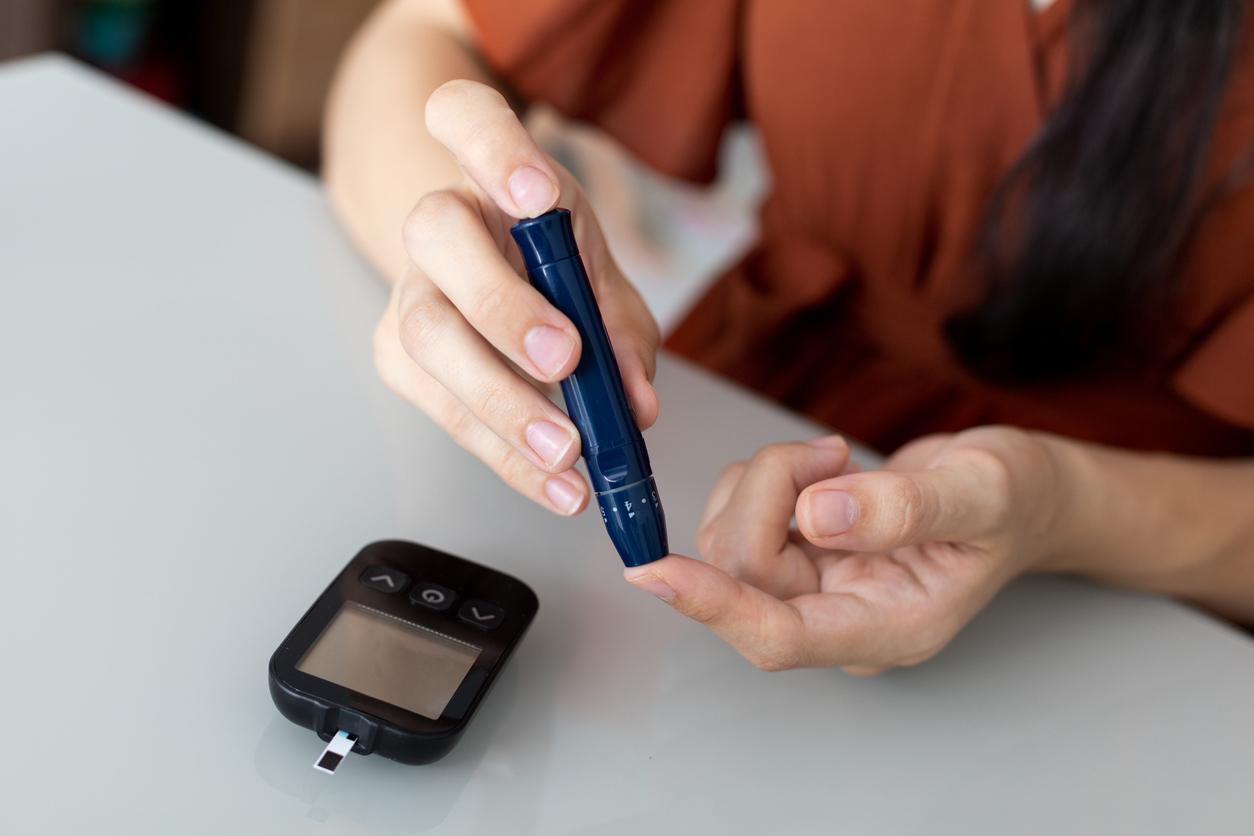My job has helped me understand to what extent the contents of our plate can do us a lot of good – or on the contrary, a lot of harm.
Starting with that of breakfast. This meal is decisive for our condition and our performance throughout the day. Although many of us are fans of sugary breakfasts, it is in fact not the best choice for our figure and our health. In fact, sugary breakfasts increase blood sugar levels. We then risk being tempted by a chocolate bar two hours later, when we have already accumulated enough calories.
A fan of intermittent fasting for 4 years, I learned to rethink my breakfast to feel better in my body and eliminate my bloating or my morning cravings. For the record, I happen to practice 16/8 fasting: 16 hours a day to fast and an 8 hour window to eat. I chose to fast in the evening, giving up dinner, to take care of my digestive system, my sleep and to stay in shape. Breakfast then has all its importance, since it closes my fast. Contrary to what one might believe, we are not hungrier in the morning after intermittent fasting. Hence the importance of not increasing our blood sugar and destroy our efforts with pastries or Nutella toast (I admit, I still allow myself them on the weekend!).
A health journalist for several years, not a day goes by without me providing you with nutritional advice, under the watchful eye of our committee of expert nutritionists. Today, I feel like sharing my daily breakfast with you: skyr. Since I adopted it, I am not only more efficient in the morning, but above all, I have very few cravings before 12 p.m. and above all, no bloating, which was often the case after a sugary breakfast.
What exactly is skyr?
Skyr is a victim of its success in the yogurt aisle and that’s a good thing. Its thick texture, creamy taste and its nutritional benefits recognized make it an essential in the kitchen, to be consumed in the morning, afternoon or as a dessert.
Originally from Iceland, this dairy product is experiencing international growth (and particularly in France) thanks to its nutritional qualities and taste. The skyr is often described as a yogurt, but it is actually thicker and creamier, more reminiscent of a cream cheese.
It is in fact milk heated, then fermented with lactic acid bacteria like yogurt, but drained to remove the whey and obtain a denser texture. Another particularity of the skyr: it is made with skimmed or partially skimmed milkand it therefore displays a very low percentage of fat (between 0 and 2%).
For clarification, your Greek yogurts are much fattier (10% fat).
Summary: the skyr is a bit the equivalent of 0% yogurt, with more protein (11 to 12 g per jar). Flavor-wise, you find the tangy note of a yogurt, but the texture is more like a spreadable cheese by being creamier. His downside? The price. Often presented in larger pots (140 or even 150 g), it is often twice as expensive since it requires more milk.
Why rely on skyr in the morning?
Skyr is very rich in proteins, so it is perfect for people who have a small appetite in the morning. Protein is essential for tissue growth and repair, maintaining muscle mass, and feeling full. satiety.
It is therefore also ideal for recovering athletes, vegetarians, and the elderly.
The skyr also contains probiotics beneficial for gut health. These good bacteria promote a healthy balance of gut flora, which can improve digestion, strengthen the immune system and promote better absorption of nutrients.
How to consume skyr?
You can take inspiration from the Icelanders who eat it for breakfast with cereal flakes and fruit. For my part, I vary according to my desires: I sometimes eat it plain or add fruits like kiwi, ideal in autumn for its vitamin C content which boosts immunity.
Recipe : Pour 100 g of skyr into a bowl. Add fruit, such as kiwi, berries, slices of banana, slices of nectarines or even pieces of mango. Sprinkle with a tablespoon of chia seeds or crushed flax seeds to add a touch of crunch and fiber. Serve with a cup of tea for a balanced and hydrating breakfast.
















